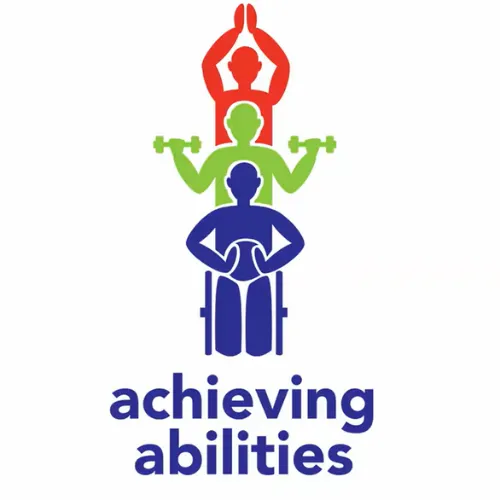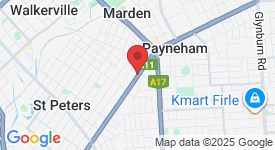Lauren McDougallJun 272 min read
Physical symptoms of Autism
and is Exercise Physiology 'reasonable and necessary'?
A common thing we hear is the misconception that Autism does not have physical symptoms, and that therefore, Exercise Physiology is not necessary or beneficial.
Exercise Physiology is not just for general fitness purposes, it’s therapeutic movement.
We provide a clinical, capacity-building intervention that is directly linked to the disability-related functional limitations related to Autism.
The physical symptoms and their association with Autism are well documented in the literature, yet they are often overlooked. They may not be ‘core’ symptoms but they’re real & they impact day-to-day.
Three common physical symptoms associated with Autism are low muscle tone (hypotonia), difficulties with coordination and motor skills (dyspraxia) and sensory-motor integration dysfunction.
Low muscle tone / Hypotonia
Low muscle tone is neurological in nature & refers to reduced muscle tension.
It can impact gross motor development & coordination, create joint instability, increase fatigue
(mental & physical), contribute to poor posture, core and stabilising muscles (the foundation for
movement!) and decrease muscle strength & power which can impact functional movements.
How does Exercise Physiology help?
• Increases muscle strength & control to compensate for low tone
• Builds muscular endurance to reduce fatigue
• Stabilises joints & improve balance
• Re-educates the neuromuscular system for better precision
• Enhances posture and functional movement
• Increases body awareness and stimulate sensory pathways to improve engagement of
muscles that are underactive
Dyspraxia / Coordination and Motor skill difficulties
Dyspraxia affects a person’s ability to plan, coordinate, & execute movements.
This can have profound implications for independence, confidence & participation.
It’s not due to weakness, but rather how the brain sequences & sends movement instructions to the body.
How does Exercise Physiology help?
• Improves timing, sequencing, & coordination
• Promotes brain adaptation through repetition & feedback
• Teaches motor planning through
• stepwise, structured movement
• Improves proprioception & body awareness
• Develops gross and fine motor skills
• Builds confidence
Sensory-Motor Integration dysfunction
Sensory-motor integration dysfunction is when the brain has difficulty processing & coordinating
sensory input (what we feel, see, hear, etc.) with motor output (our physical movements).
This means the body may not respond appropriately to sensory information,
which can lead to difficulties with balance, coordination, posture, and movement planning.
How does Exercise Physiology help?
• Provides targeted sensory input (proprioceptive, vestibular, tactile)
• Reinforces movement through repetition and rhythm
• Strengthens core motor patterns via resistance and balance
• Improves motor planning through structured task training
• Enhances visual-motor integration

📞 0431 048 684
✉️ [email protected]
📍 307 Payneham Road, Royston Park SA 5070
Golden Grove - Payneham - Marden - Ridgehaven

